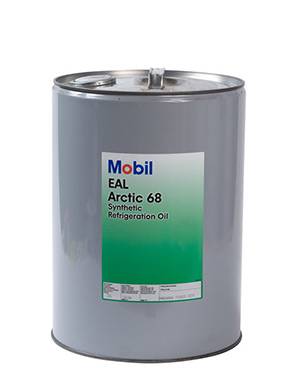Dic . 16, 2024 00:12 Back to list
Choosing the Best Polypropylene Cutting Board for Your Kitchen Needs
The Advantages of Polypropylene Cutting Boards
In the culinary world, the choice of cutting board can significantly impact both food preparation and hygiene. Among the various options available, polypropylene cutting boards have gained popularity due to their unique properties and advantages that cater to both professional chefs and home cooks alike. This article delves into what polypropylene cutting boards are, their benefits, and why they might be the best choice for your kitchen.
What is Polypropylene?
Polypropylene is a thermoplastic polymer that is widely used in various applications due to its durability, chemical resistance, and versatility. It is a lightweight material that can withstand a range of temperatures, making it suitable for a variety of kitchen tasks. Polypropylene cutting boards are specifically designed to offer a practical solution for food preparation, combining functionality with safety.
Benefits of Polypropylene Cutting Boards
1. Durability
One of the most significant advantages of polypropylene cutting boards is their durability. Made from tough materials, these boards are less likely to warp, crack, or break under pressure compared to wooden or glass boards. They can withstand repeated use without showing signs of wear, making them an excellent investment for both home and professional kitchens.
2. Hygienic Properties
Hygiene is paramount in any kitchen, and polypropylene boards excel in this area. Their non-porous surface prevents bacteria from penetrating and thriving, reducing the risk of cross-contamination during food preparation. Studies have shown that polypropylene resists bacterial growth much better than wood; thus, it is easier to maintain a clean and sanitary food preparation environment.
3. Easy to Clean
Polypropylene cutting boards are dishwasher-safe, which simplifies the cleaning process. After use, simply place the board in the dishwasher for a thorough clean. Additionally, if you're cutting raw meats, vegetables, or any other ingredients, a quick wash with soap and water will suffice. The non-absorbent nature of polypropylene means that stains do not linger, and odors are less likely to be absorbed.
polypropylene cutting board

Another benefit of polypropylene cutting boards is their lightweight nature. This makes them easy to handle, transport, and store compared to heavier cutting boards. Their light weight does not compromise the board's stability while cutting, ensuring safety and convenience during food preparation.
5. Versatile Use
Polypropylene cutting boards come in various sizes and thicknesses, making them suitable for a multitude of tasks—from slicing vegetables to dicing meats. Their versatility extends to the type of food being prepared, as they can handle everything from raw fish to bread without any issues. This multifunctionality makes them an essential tool in every kitchen.
6. Non-Slip Features
Many polypropylene cutting boards come with non-slip edges or bases, providing added safety during food preparation. These features help prevent accidents that can occur if a cutting board slides while in use, enhancing the user experience, especially for novice cooks.
7. Cost-Effective
Polypropylene cutting boards are often more affordable than their wooden or glass counterparts. Their longevity and low maintenance requirements make them a cost-effective option in the long run. For those who often need to replace worn-out cutting boards, investing in polypropylene can save money over time.
Conclusion
In conclusion, polypropylene cutting boards are a superior choice for anyone looking to enhance their kitchen experience. They offer durability, hygiene, ease of cleaning, and versatility—all essential features that contribute to safer and more efficient food preparation. Whether you are a professional chef or a home cook, incorporating polypropylene cutting boards into your kitchen repertoire can elevate your cooking process significantly. With their array of advantages, it is clear that these cutting boards are a smart investment for any culinary enthusiast.
-
Durable PP Rigid Sheet: Lightweight, Chemical Resistant Solutions
NewsAug.21,2025
-
PVC Grey Sheet for Extraction: Chemical Resistant & Durable
NewsAug.19,2025
-
Durable PVC Pipe Fittings for Plumbing & Irrigation Needs
NewsAug.18,2025
-
HDPE Steel Belt Reinforced Spiral Corrugated Pipe | High Strength
NewsAug.17,2025
-
HDPE Pipe Fittings: Durable, Leak-Proof Solutions
NewsAug.16,2025
-
Premium CPVC Sheet: High-Temp & Chemical Resistant Solutions
NewsAug.15,2025

